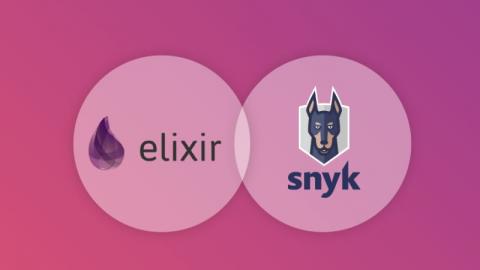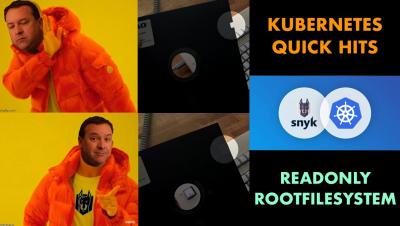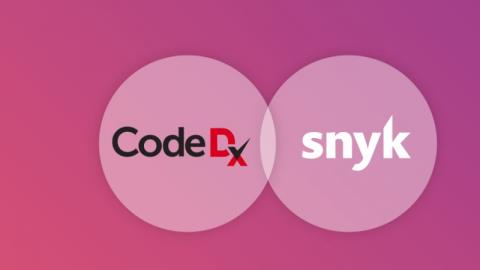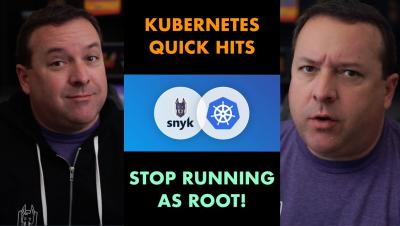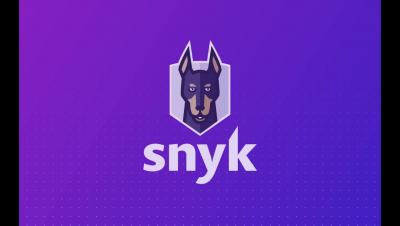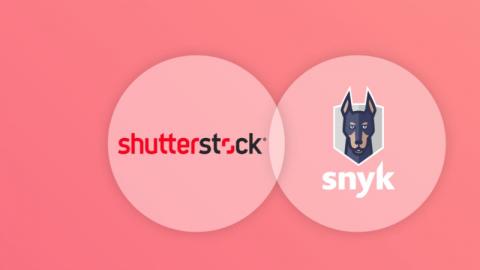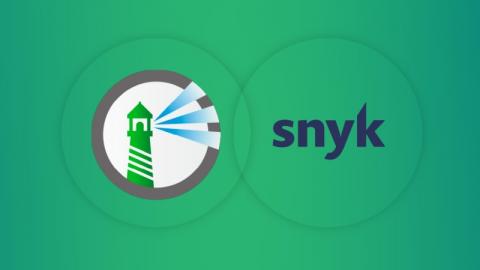Snyk & Intuit roundtable: Breaking silos, engaging with security and developer communities
I recently attended a Snyk roundtable with Intuit, and it was such a good session that I wanted to write a post sharing some of the insightful discussion and takeaways — starting with this great artistic impression of the session! As a TL;DR, here are my biggest takeaways from the session.




